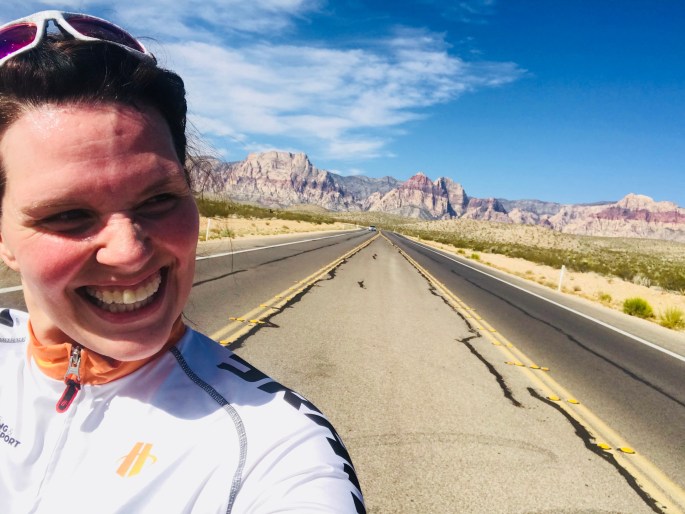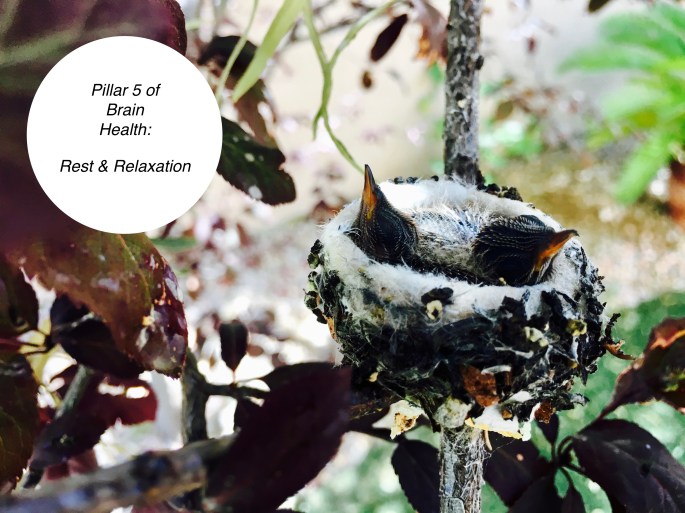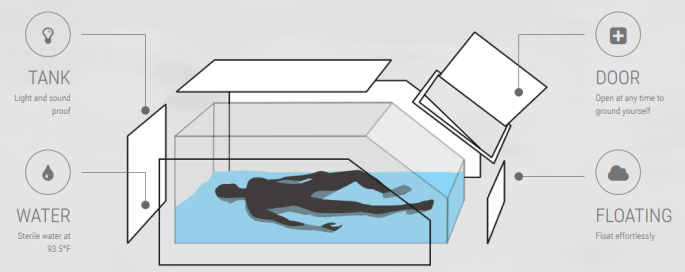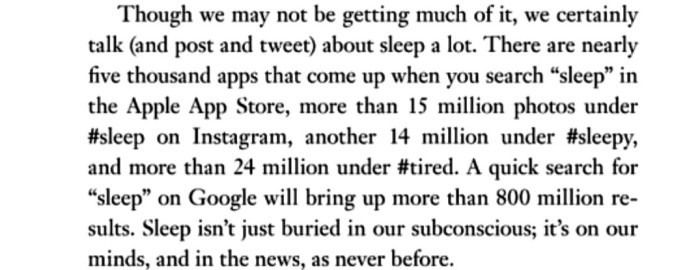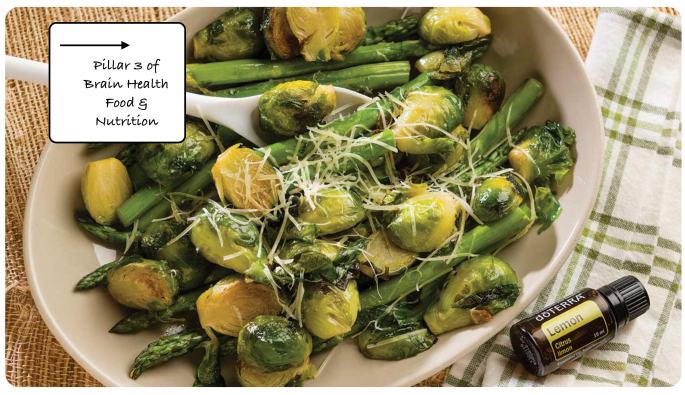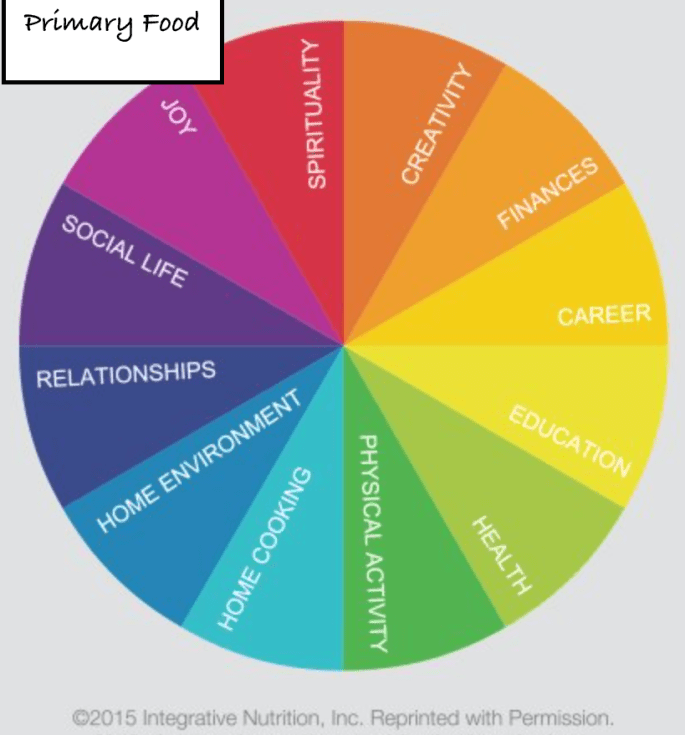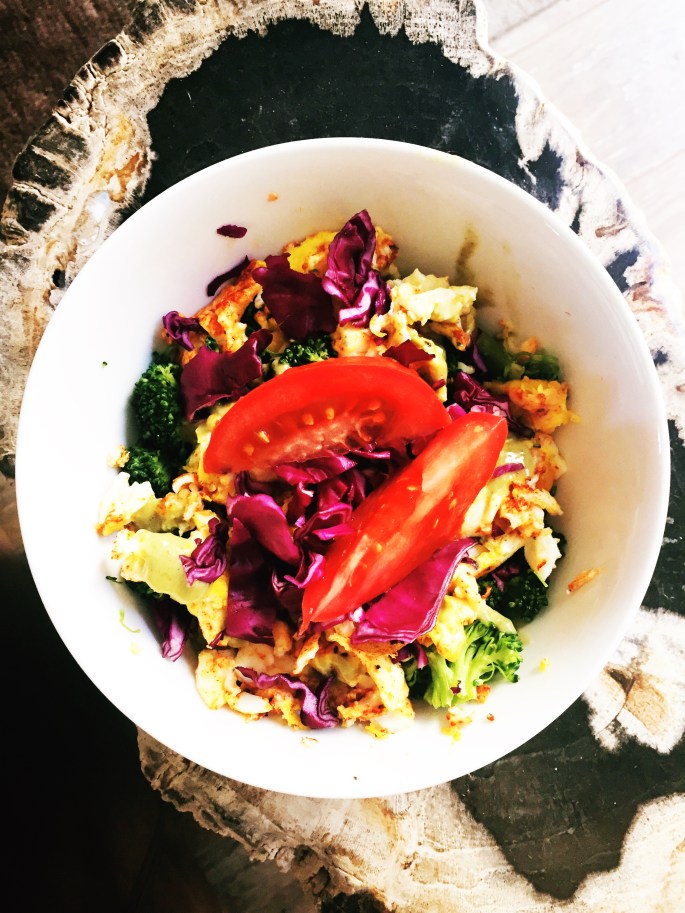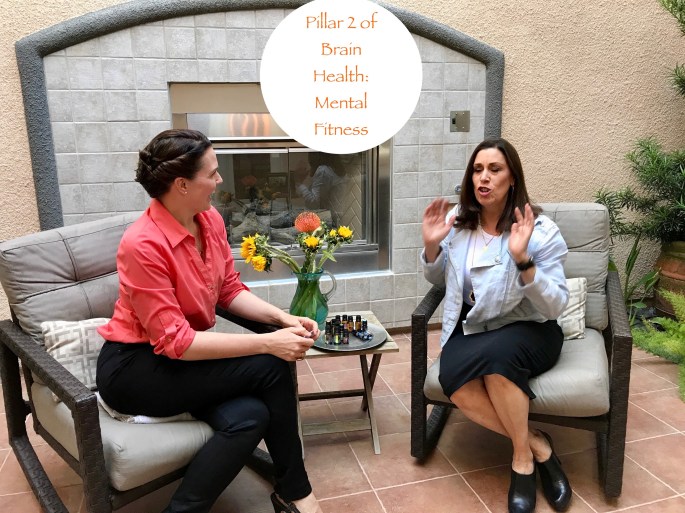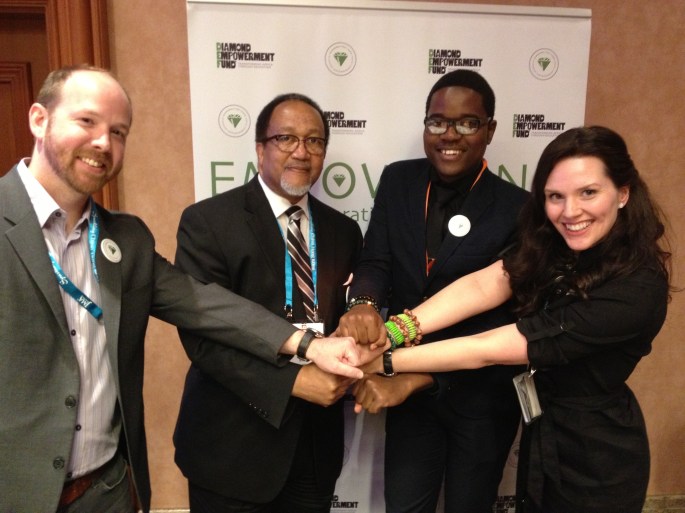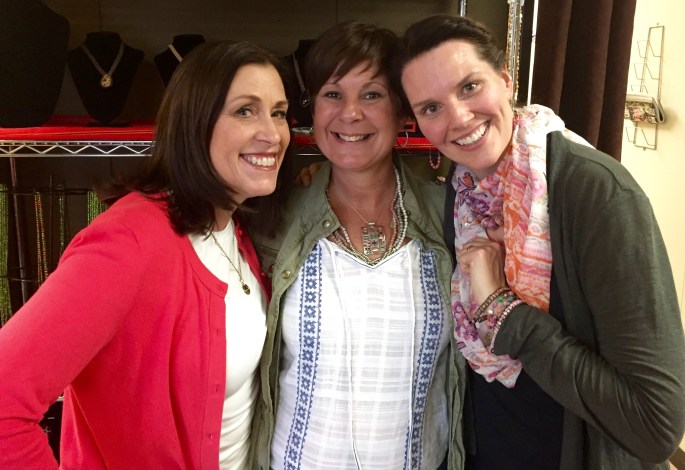What drives the essence of who you are?
There are undoubtedly times in life when we feel like hitting the reset button and when this happens, I turn to inspiring thought leaders for mental reactivation. I picked up a copy of New York Times best-selling author Brendon Burchard’s classic, The Charge: Activating the 10 Human Drives That Make You Feel Alive to find this inspiration. Brendon is widely considered the world’s leading high-performance coach as well as the most watched, quoted, and followed personal development trainers of all time. A near-death car accident and painful breakup with his first love served as motivation for writing the book coupled with a longing to answer the questions Did I live? Did I love? Did I matter?
I love the connection I feel when reading the thoughts of expansive, passionate thinkers and my intention in sharing this condensed book summary with you is twofold: First, to provide you with self-discovery questions you can implement immediately to deepen your understanding of what drives your behavior and how to move your life’s happiness needle if you find yourself off-track. Second, my goal is to inspire you to connect with more of his highly insightful work.
The 10 human drives are broken into two categories: 5 baseline drives and 5 forward drives. Let’s start by examining the 5 baseline drives together.
5 Baseline Drives
Think of baseline drives as the starting point or the foundational behaviors shared by every human being.
- DRIVE #1 CONTROL
Whether we admit it or not, we all desire a certain level of control in life, and while we cannot control others despite our most concerted efforts, we can control two things: our outlook and our character. We can also control how we choose to live our life: caged, comfortable, or charged. Brendon encourages us to “safeguard our outlook” by choosing optimism to keep things in perspective. He introduces the concept of “control for new”, a strategy that focuses on planning time specifically for new things in life in order to mitigate boredom, depression, and malaise while at the same time feeding our body a healthy dose of dopamine. Neuroscience shows our brains are enticed by novelty, so make it a practice to try new endeavors as often as possible.
Ask yourself: Do my actions reflect the quality of person I want to be and can be?
- DRIVE # 2 COMPETENCE
The second baseline drive addresses our innate desire to have the ability to understand, perform, and master anything in life. From tasks to relationships, competence breeds confidence and without competence in our life, we are more likely to experience anxiety, stress, fear, even apathy. Brendon’s research shows that when we lack competence in a particular area, we are likely to procrastinate. Conversely, with competence, we are more likely to work harder and smarter at the task at hand. The key to competence: learning.
Ask yourself: What new knowledge, skill or ability could I start learning and mastering to become a high performer at what I do and increase my success in life?
- DRIVE #3 CONGRUENCE
The third baseline drive speaks to how authentically we are living life. How aligned are our relationships, work environments, friendships, thoughts, and behaviors with our intentions? Does your gut tell you to move on and step into your truth yet your head continues to rationalize the behavior and keep you stuck and unhappy? Do you continue to show up at a job that deteriorates your soul when you would rather be following your passion and truly living and creating in your element? Do you even know what your element is?
Ask yourself: What 6 words shape and define who I am and what I want to live in the FUTURE?
Remember, you are not defined by your past or the people in the past who had particular expectations of you.
Tip: Choose 3 words that describe “who I am” in terms of traits/ nature, then choose 3 words that describe “how I treat others“. Let these words serve as a guidepost for living more congruently.
- DRIVE #4 CARING
The fourth baseline drive shines light on the importance of being others-focused. “Be curious about others and they will be curious about you.” According to Brendon, one of the best questions you could ask another person to show you care is: “Wow! How did that make you FEEL?” When caring for others, it is paramount to prioritize self-care. We serve best when balanced, rested, and nurtured. We cannot give to another what we do not have. Try these: Care for thyself. Be more vulnerable. Give your presence to others.
Ask yourself: Who are the 10 people I interact with most? What are his/her top 3 ambitions in life? Who are their closest 3 friends? What are their top 3 experiences in life? What are their 3 worst experiences?
- DRIVE #5 CONNECTION
Connection: (n) a relationship in which a person, thing, or idea is linked or associated with something else. Connection is vital for humans. It’s the spark that keeps us going in troubled times, the bond that keeps friendships alive despite long distances, and it’s the intimate, engaging conversations with loved ones. To me, connection is the peanut butter and jelly of my life’s travel experiences, knowing we are somehow bonded with others, no matter how different our backgrounds geographically, culturally, socially, or spiritually. It’s knowing we all share life’s most elemental emotional needs. Throughout my travels and experiences around the world I have found one thing to be certain: we all want to be seen, loved, and cared for.
Ask Yourself: Who are my friends? Why am I friends with this person? Why am I no longer in touch? Is this person supportive? Is this a friend who exposes me to new adventures? Is this friend trustworthy?
Tip: Don’t forget the saying “you will become like the 10 people you hang around most “. Choose your company wisely.
5 Forward Drives
Now let’s take a look at what Brendon calls the forward drives. These are the drives that have the ability to propel our happiness needles, pushing us forward into a more engaged life. A warning on forward drives: They are not easy and are often met with great resistance. Anything that challenges us to be a better version of ourselves invites discomfort and tests the limits of what we think is possible. This is what makes life so fascinating! We can choose to step forward trusting that personal growth is worth the risk. Let’s take a look at each of the 5 forward drives in a bit more detail.
- DRIVE #6 CHANGE
I love this first drive! After all, change is what makes life exciting! By focusing on positive outcomes (gains) instead of perceived setbacks (losses), we are able to step into change with less resistance. Let’s face it, it’s easier to talk about change than to make change. Change demands we drop fear and familiarity and adopt the discomfort of uncertainty and future possibilities. By asking “What if? ” questions and using “I’ll get to __________” statements, we shift our focus to the pleasurable aspects of change. Making change = finding clarity.
“It’s hard to have vision when you haven’t seen all the options. If you are truly in a position to change something in your life, what have you been trying to do/achieve over the past 12 months to make the change a reality?” – B.B
Ask yourself: Do I both welcome and cause change?
A major change I’ve been holding back from making in my life because of an expectation of a loss or associated pain is:
A clear and bold new change I could make in my life would be to:
- DRIVE #7 CHALLENGE
Who doesn’t love a good challenge?! Our brains LOVE challenges!!! This is how we stretch ourselves and get out of our comfort zone! Remember the forward drives are often met with resistance because they force us to expand into unchartered waters. Let’s not forget that the #1 human drive is control, so it makes sense that challenges will disrupt our natural desire for control. Good news is that we have control over our outlook, so we can choose to accept challenges that come our way and apply positive outcomes to them.
Accepting challenges means you are being part of the solution. Brendon suggests designing a 12-month challenge chart, picking a new 30-day challenge for each month, including personal, social, and giving challenges. This gets our brains into forward thinking and activates our desire for vision and clarity in life. I highly recommend this activity as it opens up the doors to following your deepest desires and sets a pathway for achieving it!
“Easy and Comfortable are DETRACTORS of living a charged life. ” – B.B
Ask Yourself: The next big and bold challenge I’m going to take on in my life is:
The 30-day challenges I could set over the next 12 months are:
- DRIVE # 8 CREATIVE EXPRESSION
We all have a desire to express who we are daily. From the clothing we wear, to the music we listen to, to the messages we post on social media, these are all forms of self-expression. Even if you don’t self-identify as a creative, you are! Don’t forget you are one in 7.5 billion people in the world. You have a unique way of expressing everything you do and say, and when you suppress this drive, you miss out on the simplest form of happiness.
“Creativity isn’t a trait, it’s a discipline. Creativity isn’t a spark, it’s a slog, an iterative process.”
Ask Yourself: What could I do to begin creatively expressing myself in the things I do each day?
- DRIVE #9 CONTRIBUTION
According to Brendon there are two ways to define contribution: we can give “of” (self) or give “to” (cause). Giving of the self means we share our talents, gifts, and strengths with the world. We intentionally give our best efforts. We show up authentically and fully expressed. One of the best gifts we can give to the world, Burchard shares, is the concept of a life fully expressed. This is an act of contribution that is often overlooked and minimized by the more familiar types of contribution such as donating money or time to a particular cause. Everyday we can contribute by giving of ourselves, and in return receive joy and happiness!
Ask Yourself: The ways I’ve contributed to or made a difference in my family’s life this past year include:
A new and deeply meaningful giving experience I’d like to create is:
Someone who could use my mentoring is:
- DRIVE #10 CONSCIOUSNESS
Consciousness: (n): the state of being awake and aware of one’s surroundings. Practicing consciousness means asking self-reflection questions like: How present am I in this moment? Where shall I focus my thoughts right now? How are others feeling / thinking in this moment? How would I like to interact with or influence them? Am I contributing positively in my relationships? When we live with an increased level of consciousness, we experience more happiness because, as Brendon says, “we are choosing to be present to the love that is already around us. ”
Ask Yourself: If I were more aware and directive of my consciousness in life, my life would change in these ways:
In order to connect with a higher consciousness on a more regular basis, I could:
For an in-depth examination of his work, I invite you to indulge your brain in any of Brendon’s #1 NYT best-selling books including The Motivation Manifesto, The Millionaire Messenger, and his most recent, High-Performance Habits: How Extraordinary People Become That Way.
The only thing you risk is growth!
I’d also love to connect with YOU! Join me on Facebook or Instagram @standinlovejen or share this article and tag a friend who you think would appreciate this!
Jen xo

